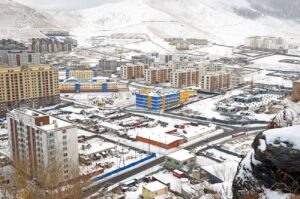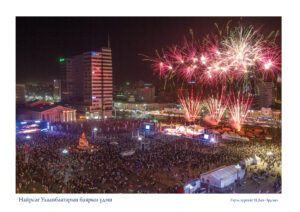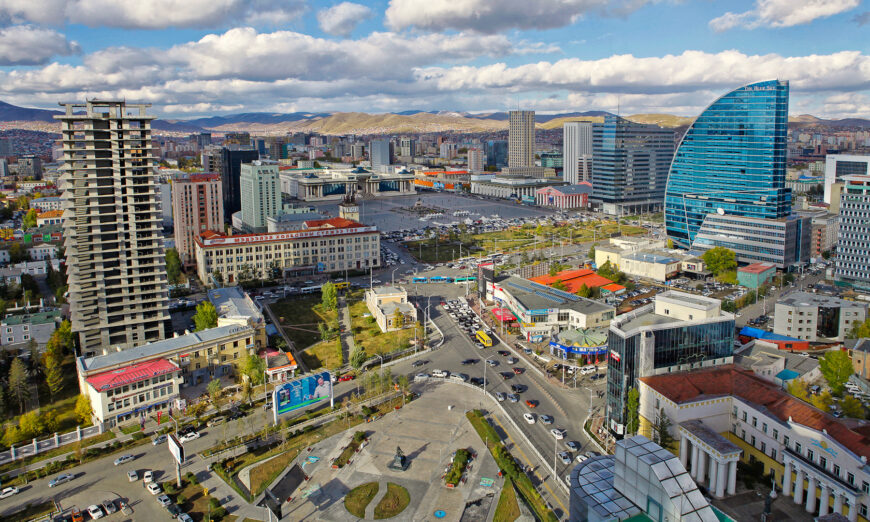Ulaanbaatar is Mongolia’s capital and largest city and home to approximately 45% of the country’s population. Ulaanbaatar has the lowest average temperature of any national capital city in the world. Mongolia’s average annual rainfall, measures between 200 to 220 millimeters and it has approximately 250 cloudless days each year, earning it the nickname “country of blue sky.”

Ulaanbaatar, where 1.3 million people out of Mongolia’s just over 3 million population, is the country’s economic, cultural and political center and has a number of tourist attractions and hosts the most varied types of entertainment. The city is divided into 9 districts and 122 khoroos. Ulaanbaatar is located on the bank of the Tuul River and surrounded by four sacred mountains with dense pine forests on the northern slopes and grassy steppes on the south. Mostly described, as sunny, peaceful and open, Ulaanbaatar is a city of contrast where modern life comfortably blends with Mongolian traditional lifestyle.

Ulaanbaatar is a unique city that represents 2 different aspects of living. One aspect, high rise buildings characterize the city center shows the modern lifestyle, however, the other, visitors arriving either from the Chinggis Khaan (Buyant-Ukhaa) airport or by train to the main railway would not fail to notice thousands of traditional Mongolian “Gers” in the vicinity, an area referred to by locals as “ger district” shows a glimpse of the nomad lifestyle.

